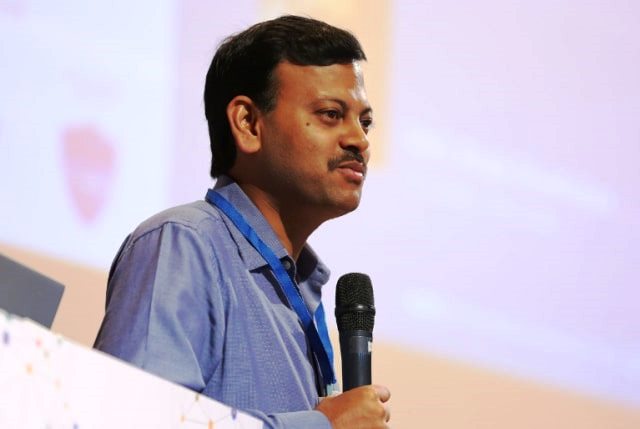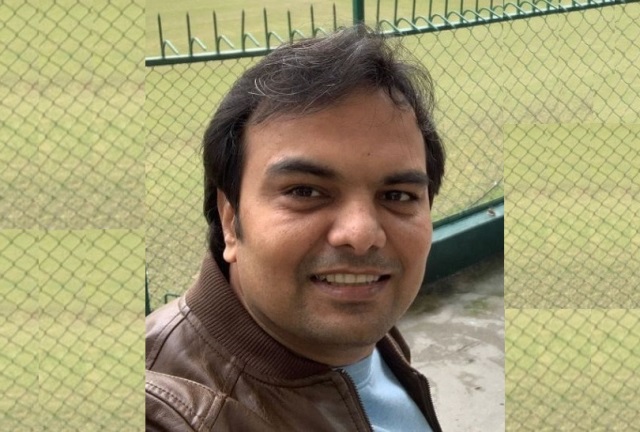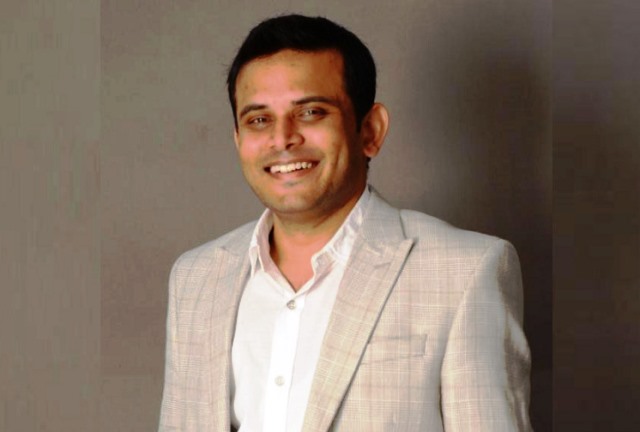Rohit Srivastwa, a Pune-based cyber security expert, says the rise of deep fakes presents a myriad of risks from misinformation to manipulation. His views:
It’s 2024 and Artificial Intelligence is spreading like wildfire and as technology continually pushes boundaries, the emergence of deep fakes has sparked both fascination and fear.
Before we let fear take the better of us, we need to understand what deep fakes are all about. Deep fakes refer to synthetic media, more often videos than images that are created or altered using advanced artificial intelligence techniques. These manipulations are so seamless that they can convincingly depict people saying or doing things they never actually did. We are already seeing a bunch of them across the globe on social media recently.
So how exactly are these created? At the heart of deep fakes lies AI that involves training computer algorithms to recognize and generate patterns. To create a deep fake video, for example, algorithms are fed large amounts of data, including footage samples. The AI then learns to mimic their facial expressions, mannerisms, and voice, enabling it to superimpose their likeness onto another person in a video.
The rise of deep fakes presents a myriad of risks, from misinformation and defamation to political manipulation and fraud. In an era where trust in media and institutions is already fragile, the spread of fabricated content can further erode public trust and sow discord. Imagine the consequences of a deep fake video depicting a world leader declaring war or confessing to a crime – the potential for chaos is staggering.
ALSO READ: ‘Govt Must Wake and Take Note of Deep Fake Menace’
Leaders and policymakers worldwide have sounded the alarm on the dangers of deep fakes, including Indian Prime Minister Narendra Modi. In a digital age where information warfare is increasingly prevalent, the spread of maliciously manipulated content poses a grave threat to democracy, national security, and individual privacy. Modi’s warning underscores the urgent need for proactive measures to combat this insidious trend.
While the proliferation of deep fakes may seem daunting, the tech community is not without recourse. Several initiatives and tools have emerged to detect and mitigate the impact of synthetic media. These include:
1) Deep Fake Detection Tools: Researchers and tech companies are developing algorithms capable of identifying telltale signs of manipulation in videos and images, such as unnatural facial movements or inconsistencies in audiovisual data.
2) Media Literacy and Education: Empowering individuals with the skills to critically evaluate information can serve as a potent defence against the spread of deep fakes. By promoting media literacy and digital hygiene practices, we can mitigate the impact of misinformation and foster a more discerning public.
As we confront this new frontier of synthetic media powered by AI, it is imperative that we remain vigilant, adaptable, and committed to safeguarding the integrity of information and preserving trust in our digital interactions.
By embracing technological innovation while upholding ethical standards and promoting digital literacy, we can navigate the age of deep fakes and many more such things coming in near future with resilience and integrity, ensuring that our digital future remains one of empowerment, transparency, and trust. Stay informed, stay vigilant. It is only then that we can shape a future where truth triumphs over deception.
(The narrator is a serial entrepreneur and recipient of the Microsoft Most Valuable Professional award for enterprise security. He advises law enforcement agencies of various countries on cyber security)
As told to Deepa Gupta
For more details visit us: https://lokmarg.com/


